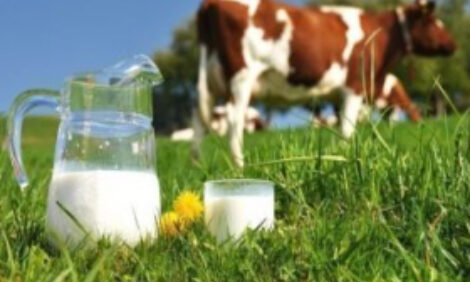



Weekly beef and dairy digest: possible BSE case in Brazil and China's beef industry set for modest gains
US beef exports reverse their downward trajectory this week and China's cattle herd could see marginal growth in latest USDA assessment.Global food prices on the rise
Global food prices climbed 3.1% from July, according to the Food and Agriculture Organization of the United Nations’ food price index, which came in at 127.4 points in August—up a dramatic 32.9% from year-ago. The rebound followed two consecutive months of decline. Strong gains in sugar, vegetable oils and cereal sub-indices led the rise.
US beef export sales rise in latest week
US beef net sales of 15,600 metric tonnes (MT) reported for 2021 were up 49% from the previous week and 24% from the prior four-week average.
Increases were primarily for South Korea (7,300 MT, including decreases 500 MT), Taiwan (3,100 MT, including decreases of 100 MT), Japan (2,800 MT, including decreases of 500 MT), China (600 MT, including decreases of 800 MT), and Mexico (500 MT, including decreases of 100 MT).
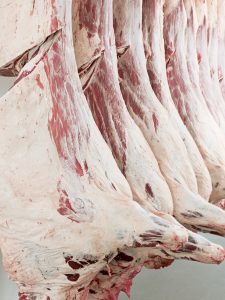
Exports of 18,100 MT were down 3% from the previous week and 6% from the prior four-week average. The destinations were primarily to South Korea (5,200 MT), Japan (4,600 MT), China (3,900 MT), Mexico (1,200 MT), and Taiwan (1,200 MT).
US frozen beef exports to China surge
Australia has traditionally exported more frozen beef to China, but since April its exports have plunged, with the gap between the two widening quickly in favor of the US. In April, the Us shipped $68 million worth of frozen beef to China compared to $80 million from Australia, according to Chinese customs. In May, trade patterns reversed, and the US had shipped $90 million of frozen beef to China compared to Australia’s $47 million.
Brazil investigating suspected BSE case
Brazil’s ag ministry on 1 September announced it was investigating a suspected case of bovine spongiform encephalopathy (BSE) in the country.
An industry source told Reuters the suspected case was in the state of Minas Gerais. The country last reported a case of “atypical” BSE in May 2019, in a 17-year-old cow. An industry source cited by Reuters signals the current case was also likely atypical as it appeared to have been detected in an older cow.
The World Animal Health Organization considers Brazil to be a “negligible risk” country for BSE. Brazil was the world’s largest exporter of beef in 2020, with China as its top customer.
Ag group comments on USDA move to increase small meat and poultry processing
The National Association of State Departments of Agriculture (NASDA) weighed in this week with its recommendations on the Biden Administration’s $500 million plan to improve the nation’s meat and poultry processing infrastructure.
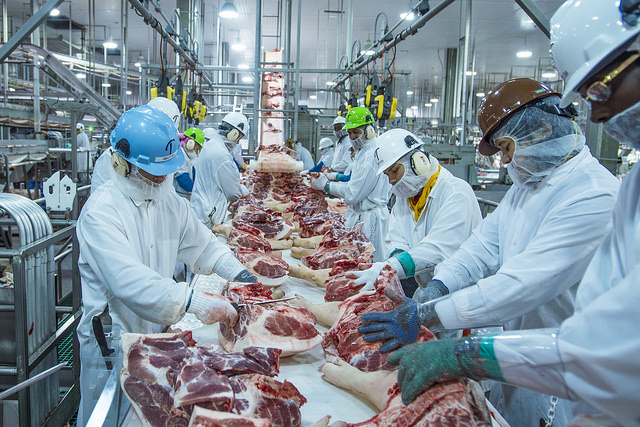
In a statement, NASDA said, “The goal of providing a safe, wholesome, abundant, and affordable supply of meat and meat food products throughout the United States is achieved, in part, through the role played by both state and federal food safety inspection programs.”
According to NASDA, support for small- to mid-size meat processors is needed across the country to boost US meat processing capacity and to increase their capability to process backlogged livestock while maintaining the stringent food safety standards.
“The US needs more meat processors,” NASDA says in its comments to USDA. “The American beef, poultry, pork, and other livestock meat sectors are not homogenous, and meat processing should reflect these dynamic industries. An enhanced meat processing system will give producers and consumers much-needed options.”
Among the group’s recommendations are investments in workforce development, efforts to address inspector shortages, facilities management support and a focus on long-term investment for the post-pandemic recovery.
USDA publishes its 2022 predictions for China's beef sector
Chinese cattle production
Cattle production in 2022 will increase slightly as small operations marginally increase their herd and as investments by large operations come online. However, small farm sizes, limited availability of grazing pastures, and environmental regulations on animal husbandry will constrain production increases. Propelled by high beef prices, cattle production will grow in well-established provinces and in new areas. Herd quality will remain an issue.
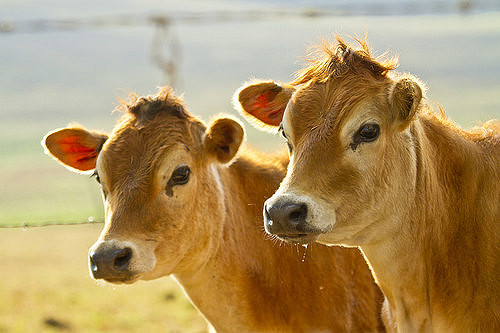
Cattle imports
Imports of live cattle will remain stable in 2022, with beef cattle increasingly occupying a greater proportion of total imports. Dairy cattle imports are expected to decline in 2022.
Beef production
In 2022, beef production will grow by 2% to 7 million metric tonnes (MMT) with the uptick in the
herd. However, the quality of beef and efficiency of production will remain an issue due to poor herd genetics.
Beef imports
In 2022, imports of beef will reach 3.3 MMT driven by consumer demand and limited domestic supply. However high beef prices will temper more significant growth.
USDA’s weekly US dairy market report
Fluid milk
Across much of the United States, heat and humidity are chipping away at farm milk production in the midst of the dog days of summer. While milk production is seasonally declining, Class I sales have increased as schools begin to re-open and the pipeline for school milk bottling refills. Midwestern contacts note that some cheesemakers are selling milk back into bottling, something that has not happened for several years. Reported spot milk prices are $.50 to $1 over Class III.
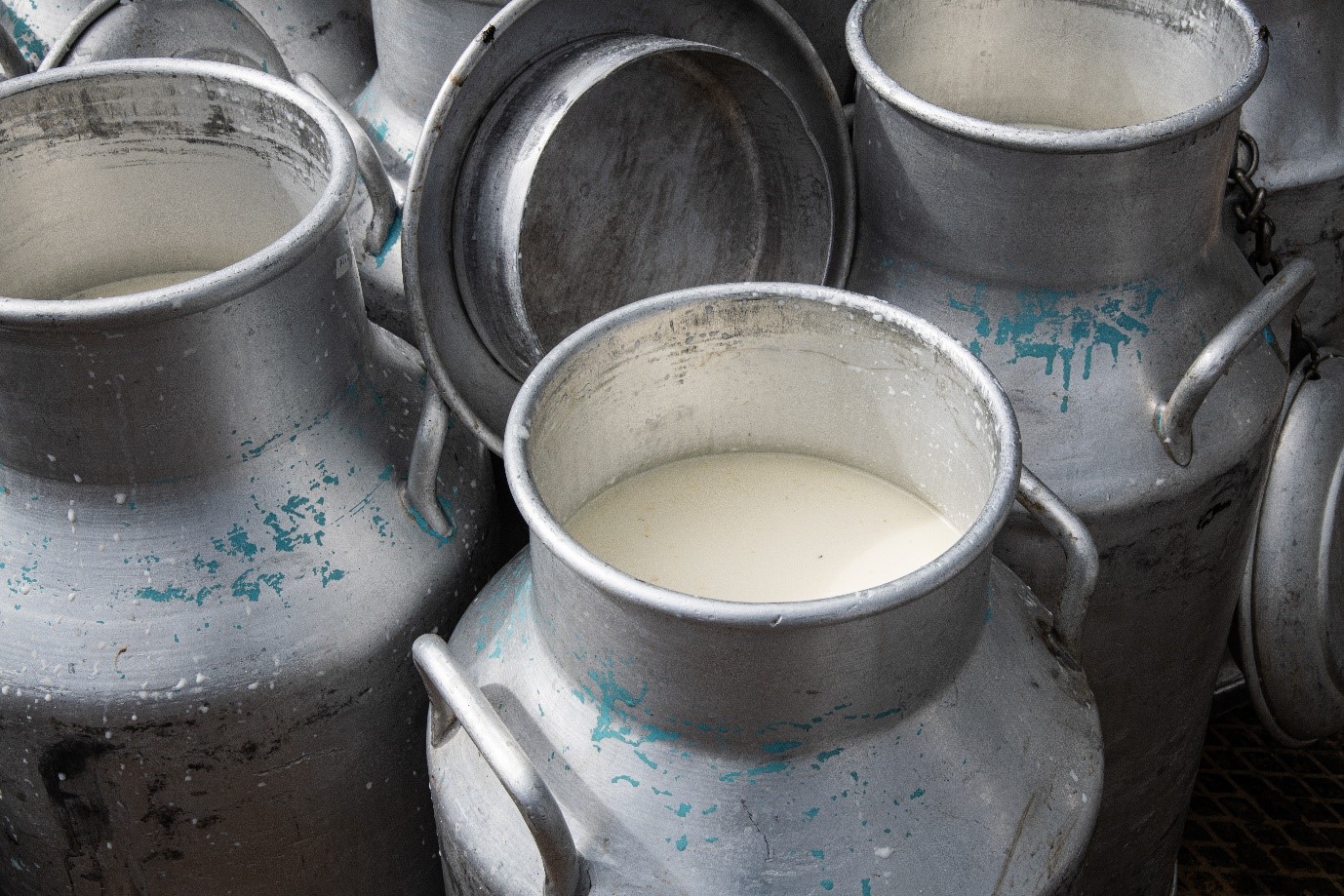
Cream supplies are tightening, while condensed skim milk supplies are paralleling the seasonal dip in milk and cream supplies. Cream multiples for all Classes are 1.31-1.39 in the East; 1.25-1.40 in the Midwest; and 1.14-1.27 in the West.
Dry products
Low/medium heat non-fat dry milk prices are mixed with the price range expanding in Central/East and West regions. Non-fat dry milk supplies are available. High heat non-fat dry milk prices are steady to lower.
Dry buttermilk prices and dry whole milk prices are steady to slightly higher on quiet trading. Dry whey prices are lower in the Central and West regions and steady to lower in the East. Demand is steady in domestic and international markets, but buyers and sellers are trying to find acceptable price points.
Animal feed whey prices slipped on the bottom of the range on limited trading. The bottom of the price range for whey protein concentrate 34% moved lower, while the top held fast. The feed market is not clearing out much excess WPC 34% currently. The lactose price range is unchanged, but spot market prices are slipping. Domestic interest for acid and rennet casein remains stable, as do prices.
Organic dairy market news
The Agricultural Marketing Service (AMS) reports estimated US sales of total organic milk products for June 2021 were 228 million pounds, down -3.7% from June 2020 and down -0.9% year-to-date.

Organic whole milk sales for June 2021, 104 million pounds, were up compared to a year earlier, 2.1%, but down -0.3% year-to-date from 2020. This survey period, organic dairy retail advertisements increased 42%. Organic milk, half gallon containers, saw the volume grow 65% in retail store ads across the country.
However, the market noted a decline in the average price, down 10% from last week. The difference between the half gallon conventional milk price, $1.82, and the half gallon organic milk price, $3.79, is an organic premium of $1.97. The price spread between organic and conventional milk, half gallon package, declined $0.35 from the last retail survey.
National retail report
This week, total conventional dairy advertisements are up 17%, and total organic dairy ads increased 42%. Conventional ice cream in 48 to 64- ounce containers is the most advertised dairy product this week.
The weighted average advertised price is $2.83, down six cents from last week. Total conventional cheese ads increased 26% this week, while organic cheese is not advertised. The weighted average advertised price for conventional 8-ounce shred cheese, the most advertised cheese item is $2.44, an increase of 6 cents from last week.
TheCattleSite News Desk
IMPORTANT NOTE: I am not a futures broker and do not manage any trading accounts other than my own personal account. It is my goal to point out to you potential trading opportunities. However, it is up to you to: (1) decide when and if you want to initiate any traders and (2) determine the size of any trades you may initiate. Any trades I discuss are hypothetical in nature.
Here is what the Commodity Futures Trading Commission (CFTC) has said about futures trading (and I agree 100%): 1. Trading commodity futures and options is not for everyone. IT IS A VOLATILE, COMPLEX AND RISKY BUSINESS. Before you invest any money in futures or options contracts, you should consider your financial experience, goals and financial resources, and know how much you can afford to lose above and beyond your initial payment to a broker. You should understand commodity futures and options contracts and your obligations in entering into those contracts. You should understand your exposure to risk and other aspects of trading by thoroughly reviewing the risk disclosure documents your broker is required to give you.


